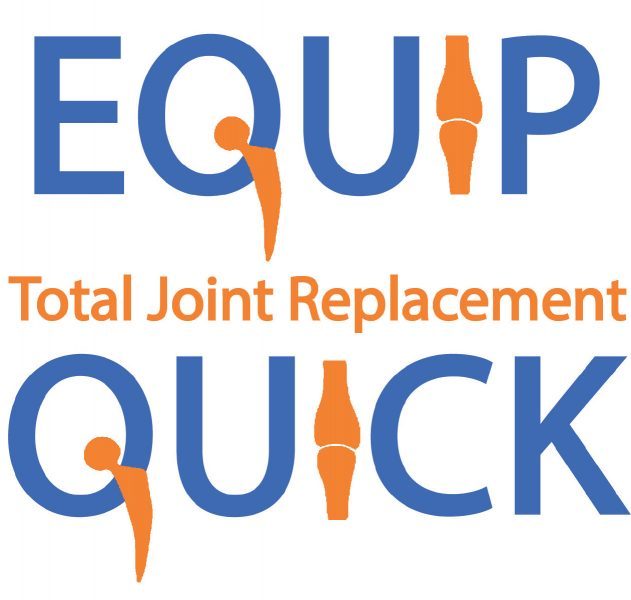Welcome to the Frequently Asked Questions section! If you don't see what you're looking for, we would love to hear from you.
Quality indicators are developed through a comprehensive literature review and rigorous consensus process and reflect the minimum standard of rehab care that patients can expect to receive before and after hip or knee replacement surgery. Quality indicators address quality domains such as safety, access to care, effectiveness of treatment and patient-centred care.
About 70% of hip replacements and 99% of knee replacements are done to treat advanced osteoarthritis. People with rheumatoid arthritis or other forms of inflammatory arthritis can also develop osteoarthritis in the knee, hip or other joints. Those with rheumatoid arthritis may have different rehabilitation needs and different challenges in regaining their mobility and daily function because of the involvement of other joints. We developed the quality indicators based on research in osteoarthritis and input from people with osteoarthritis. Talk to your healthcare provider to see if any of the recommendations or resources are appropriate for you.
The exercises and other treatments included in the EQUIP toolkit are some of the best rehabilitation activities that can be done after your hip or knee replacement. If you are still having difficulty with walking, balance, day-to-day activities like going up/down stairs, or resuming leisure or work activities, contact your physiotherapist or family doctor to see if additional physiotherapy sessions are available to you. Review any home exercises you were given to see if doing them helps with the activities that you find to be difficult. Changing to a new therapist can provide a different opinion, however, they will not know you and your situation as well as the therapist you’ve been working with. It is very important that you feel comfortable, safe, respected and heard when working with your therapist. If you are comfortable, ask your current therapist directly about the missing exercises/activities. Seek a different therapist if you feel your needs are not being met.
This research will help us improve the quality and consistency of rehab care available to patients after hip and knee. We are testing what resources and tools will help patients actively participate in their rehab, track their care, and share their goals and expectations with their healthcare team.
Risk factors for osteoarthritis include age, a family history of osteoarthritis, excess body weight, as well as joint injury and repeated overuse of the joint. Data show that youth who sustain joint injuries are at an increased risk of developing knee osteoarthritis in the following decade. Learn more about osteoarthritis here.
The main goals of joint replacement surgery in arthritis are to reduce pain, improve mobility and day-to-day function, and improve quality of life – regardless of age. Having a total joint replacement for arthritis is considered an elective surgery rather than an emergency surgery because its purpose is to improve quality of life. For this reason, it is important to consider the risks and benefits. Age is only one factor to consider when deciding if surgery is right for you. Learn more about deciding whether to get surgery here.

